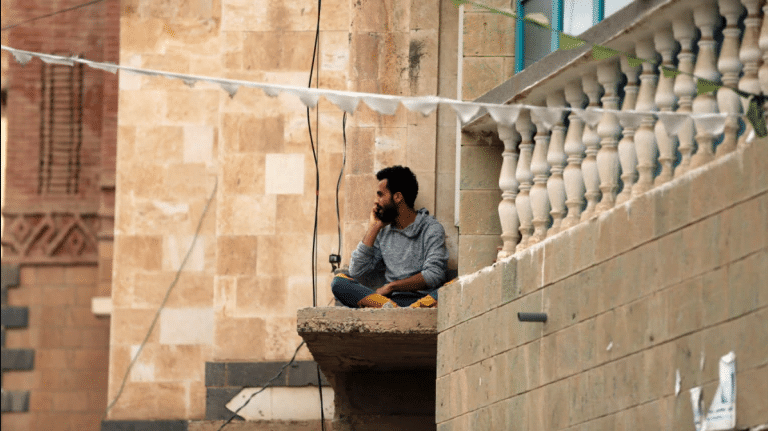The leaders of former north and south Yemen states announced from Sanaa, in the year 1990, that it was the formation of a new republic. But after 30 years this impoverished country has turned into a patchwork of two rival zones, that is engaged in endless conflicts with each other.

30 years have passed after the unification of Yemen. Now again Yemen is standing on the verge of fragmentation. It is because of continuous armed conflicts, ongoing regional rivalries and regular foreign interference.
It was on May 22 in the year 1990, when the leaders of formers Northern and southern states of Yemen announced from Sanaa the formation of a new republic. It was seen as the dream of the entire generation of Yemenis. It was so reported by the political analyst, Saleh el Baidhani.
It did not even take 30 years to make this dream fade into oblivion. This impoverished country has now turned into a patchwork of rival zones engaged in endless conflicts.
Yemen is burning in an ongoing civil war since 2014. It is between the government supported and a Saudi led military coalition and the Huthi rebels, who are backed by Iran. Huthis now control most of the North Yemen. It controls the capital city of Sanaa.
The government holds the central district of Marib and the eastern province. The south of Yemen is in the hands of the separatists Southern Traditional Council or the STC. It has openly declared its intentions to announce its occupied are as an independent state.
The STC official Thabet al Awlaki told that “Our strategic goal, on which we will not concede, is the establishment of an independent state,”
Ali al Saran who is an aide to the Prime Minister of Yemen is of the opinion that this country has now only two options. It is either fragmentation as it is in reality now instead of being a federal nation that resulted from a political agreement. But it seems to be a remote possibility as he told to the press.
Baidhani said that Yemen’s unity was as a result of a revolutionary transformation.
The Zaidi monarchy in North Yemen was overthrown by a coup by nationalist officers in the year 1962.
South Yemen gained its independence in the year 1967, after a four armed revolt against the British, which controlled the key parts of Aden.
This political rhetoric of nationalists in North and South of Yemen focused on unification of the country. It became the only communist sate in the Arab world. It was done in the year 1990. It faced many obstacles There were border clashes between the forces of the two states in 1979.
Ali Abdullah Saleh, ruler of the Northern state became the President of the unified state and Ali Salem al Beidh from the South became the Vice President.
Many officials felt that they have been ignored in this power game. They made this honeymoon short lived. South wanted to break away in 1994 and it started a brief civil war that was quashed by the Northern troops.
The Director of the Aden Centre for Studies, Hussein Hanachi, is of the opinion that the unification was founded on shaky bases.
“It was then destroyed after the ruling class in the north transformed the situation into one of military occupation after the 1994 conflict,” he told news agencies. He was referring to the dismantling of Southern enterprises in favour of the Northern businessmen and the land distribution that was distributed to the supporters of the President.
Saleh somehow stuck to the power. The rise of the jihadist groups, ongoing economic hardships and the continuous violence could not move him from power.
The real challenge came when Arab Spring inspired protests brought thousands of Yemenis on to the streets. Saleh’s rule was truly challenged then when this agitation erupted in the year 2011.
Saleh had to finally give in in February 2012. He was on to the throne for continuous 33 years. His deputy, Abedrabbo Mansour Hadi then took over from him.
Saleh was ultimately killed in the year 2017. He was assassinated by his former Huthi rebel allies. Huthis seized vast swathes of this country. It included the capital Sanaa. It prompted the intervention of the Saudi led coalition to support the government.
Thousands of people, mostly civilians have been killed during conflicts since then. This conflict was triggered by the Saudi intervention and it was termed by the United Nations as the worst humanitarian crisis.
This country is now under the pandemic of current corona virus outbreak. This pandemic has so far killed 20 people in this country. But it is widely considered as a gross underestimate because of the Yemen’s health care system that has already collapsed.
This situation has been further complicated because of the ongoing power struggle. It is between the government and the separatists. It is a part of the anti Huthi camp.
The STC has declared self-rule in South Yemen, in just last month.
“Yemeni unity in its current state has ceased to exist,” Maged al-Madhaji, executive director of the Sanaa Centre for Strategic Studies, told news agencies.
“The war has created a new reality on the ground,” he said.
The dreams of unification of Yemen has been a nightmare in just 30 years’ time and it has already claimed thousands of people’s lives those were mostly civilians. Now the country is reeling under the outbreak of COVID-19.